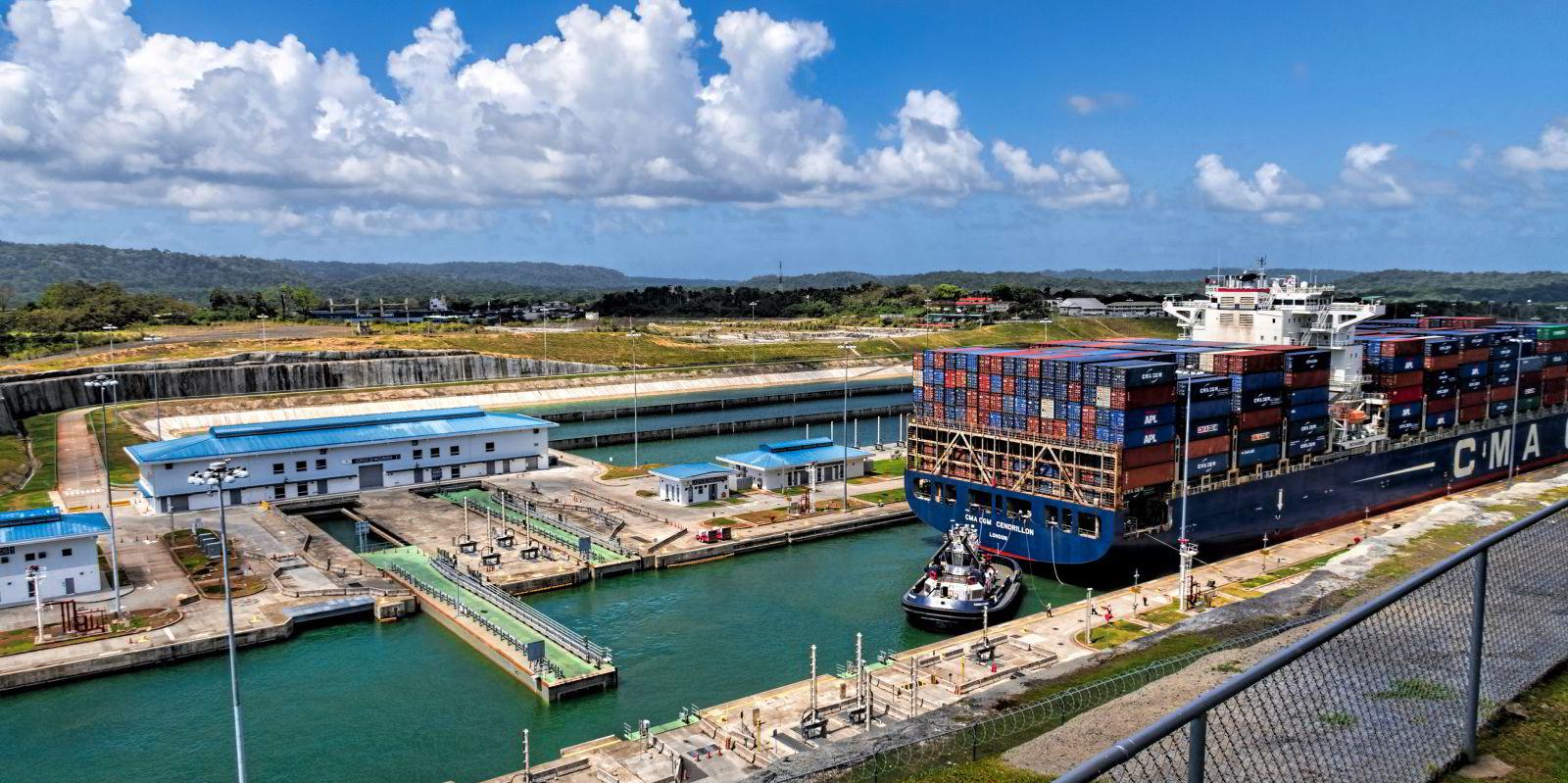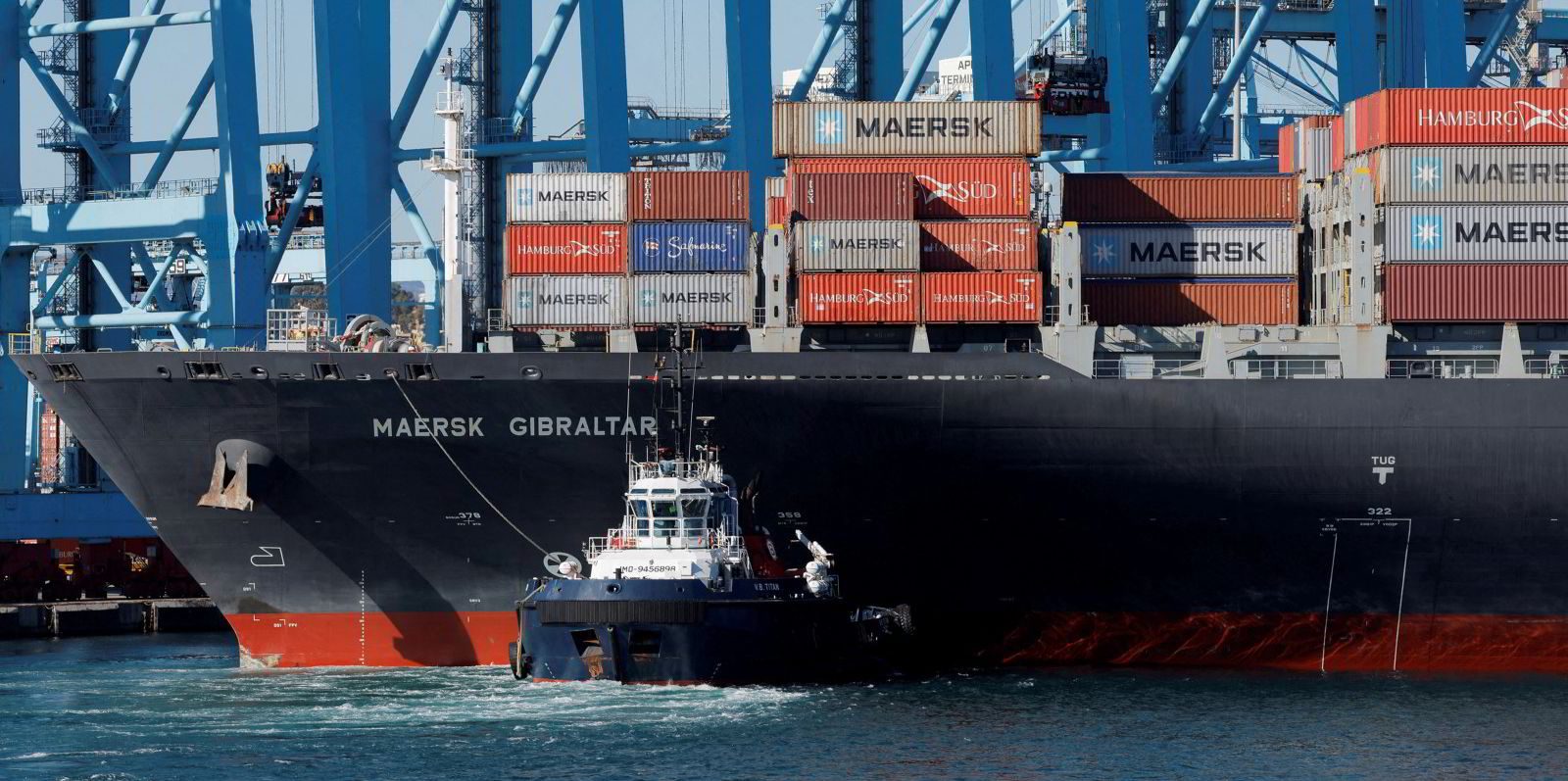Just hours after the Suez Canal and the Red Sea were plunged into crisis with big liners cutting crossings due to the Houthi threat, the Panama Canal announced more crossings, citing an improved water level situation.
The canal’s authorities announced late on Thursday that in January they will increase daily transits through the key waterway by two slots to 24, up from 22 currently.
This decision was announced in a new directive, which replaces a previous one six weeks ago that had sent shockwaves through the shipping industry by cutting transits to 20 January and 18 in February.
“At the end of the rainy season, projections allow for an increase of six daily slots,” the authority said.
“As rainfall and lake levels for November proved to be less adverse than expected, coupled with the positive outcomes from the canal’s water-saving measures, the adjustments announced today will replace the Advisory to Shipping No A-48-2023 of October 30.”
October 2023 was the driest on record for the canal watershed, forcing the canal to restrict transits for the first time in its history.
In a regular scenario, the authority would allow 10 neo-panamax and 26 old-panamax vessels to pass.
From January, this will be seven neo-panamaxes and 17 panamaxes instead.
Additionally, the Panama Canal authorities announced that they will allow one booking slot per customer per date, “with some exceptions for quotas offered to vessels competing through the reservation system”.
“These measures allow the majority of vessels that want to transit the canal to have a better chance of obtaining a reservation,” the authorities said.
“Canal specialists are closely monitoring the current water crisis, and the measures announced today, published in the Advisory to Shipping, will go into effect [on] January 16, 2024, and remain in effect until conditions warrant changes, which will be announced in a timely manner.”
Earlier this week, Clarksons had predicted deepening disruption to the canal going forward.





